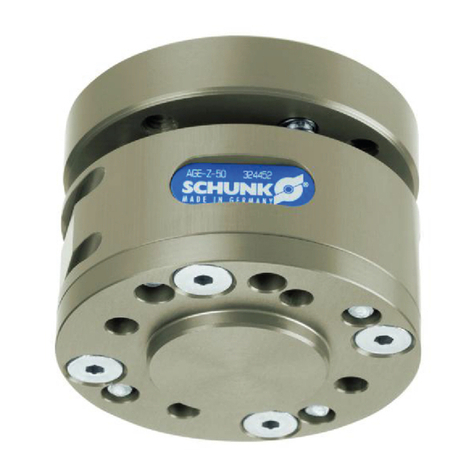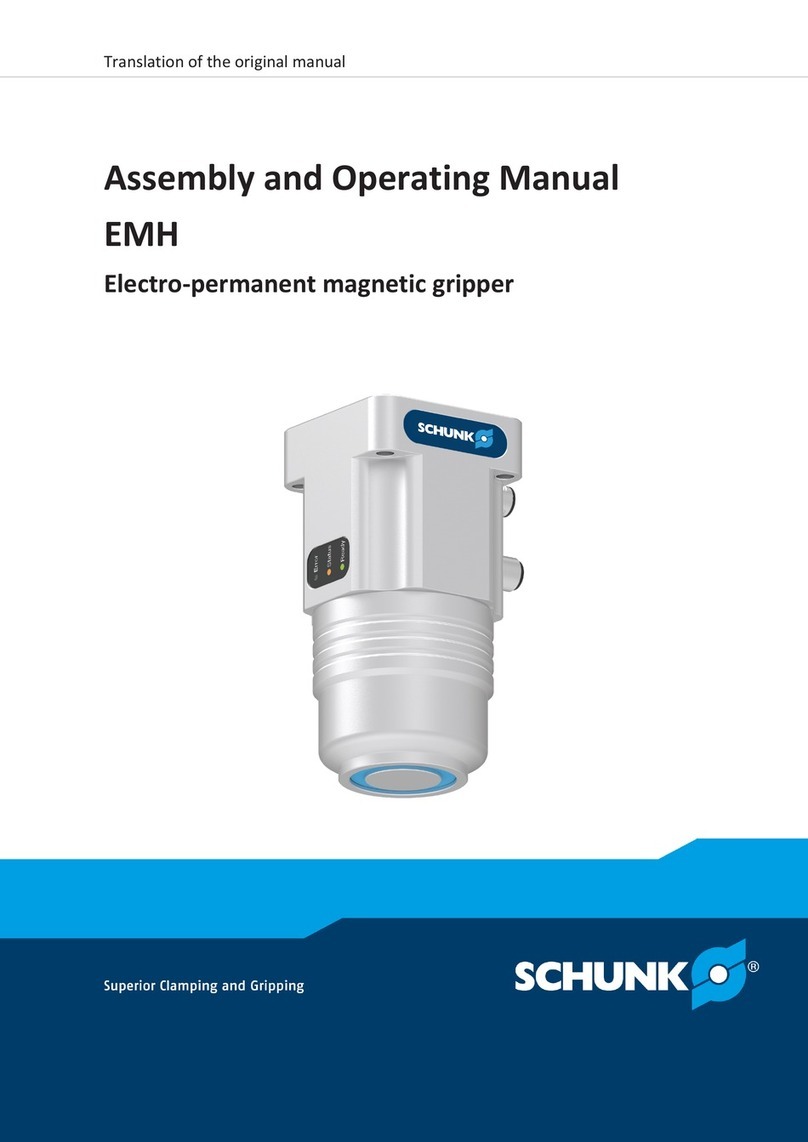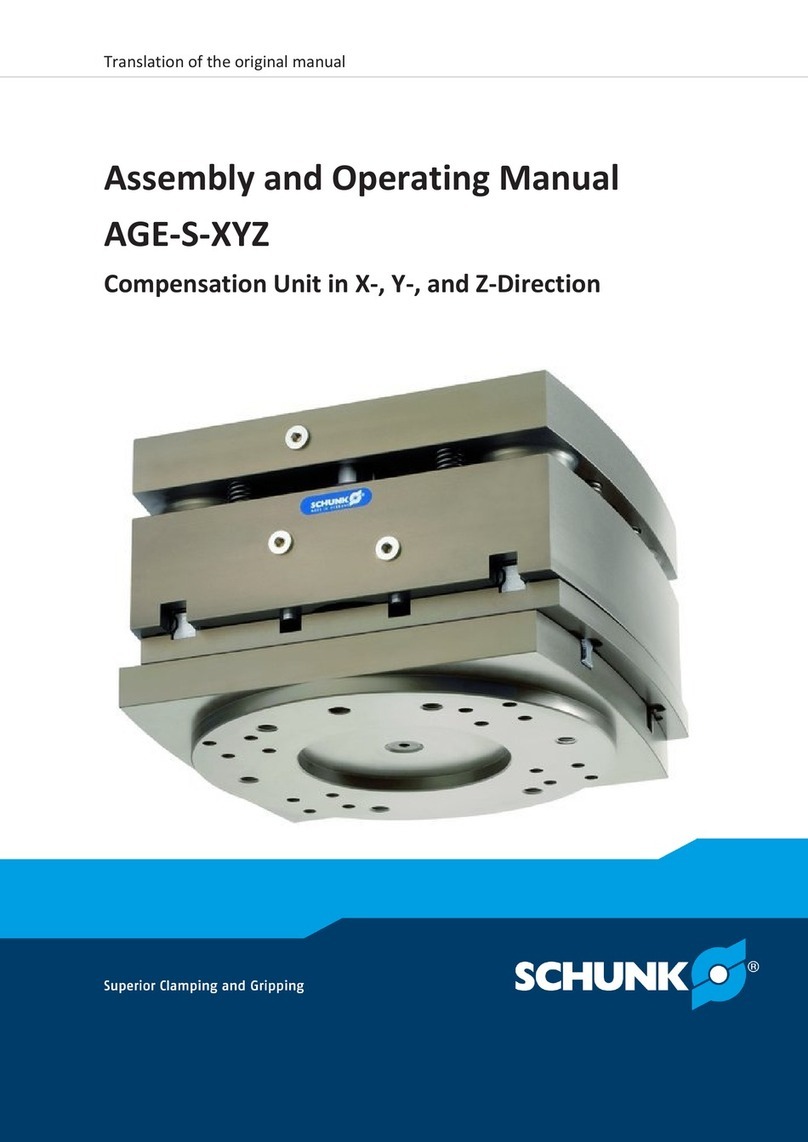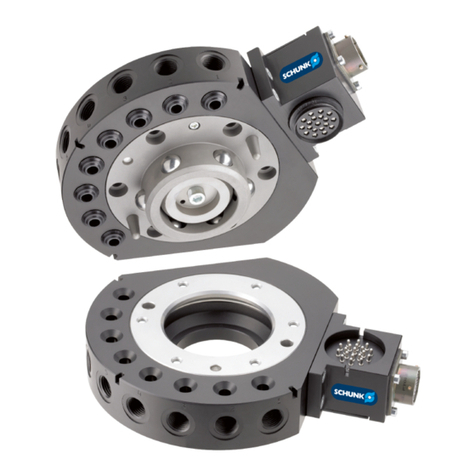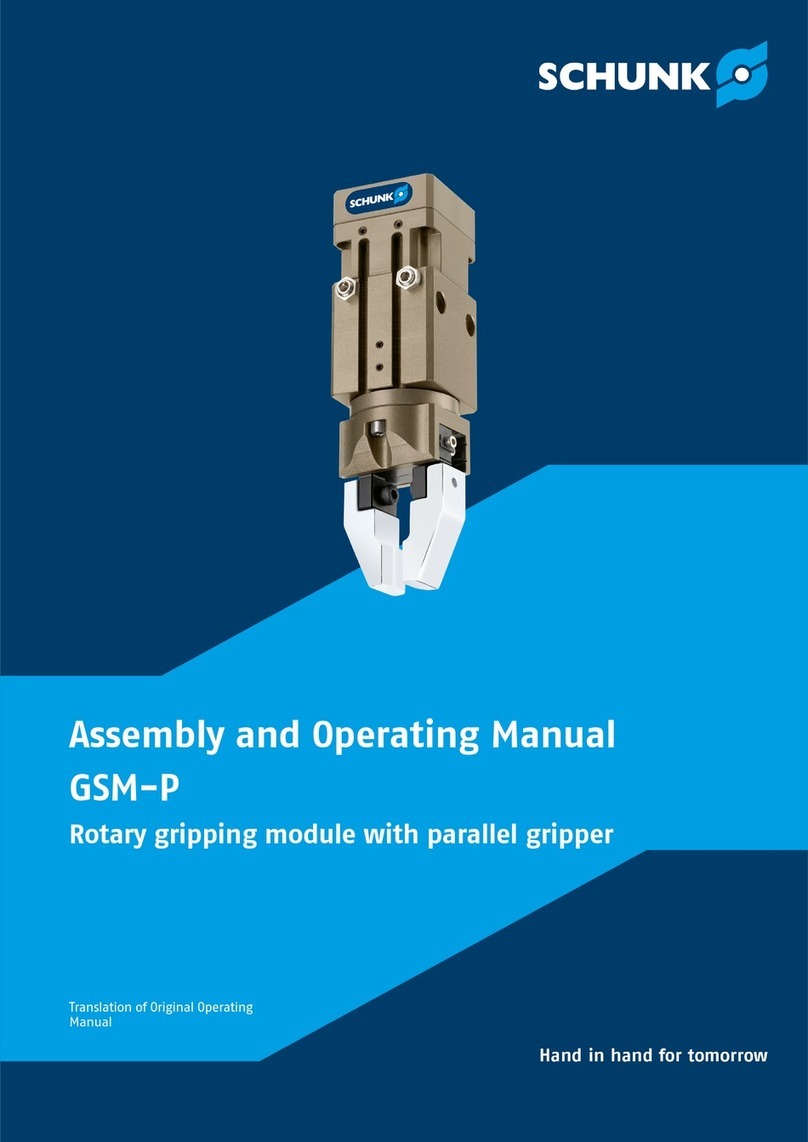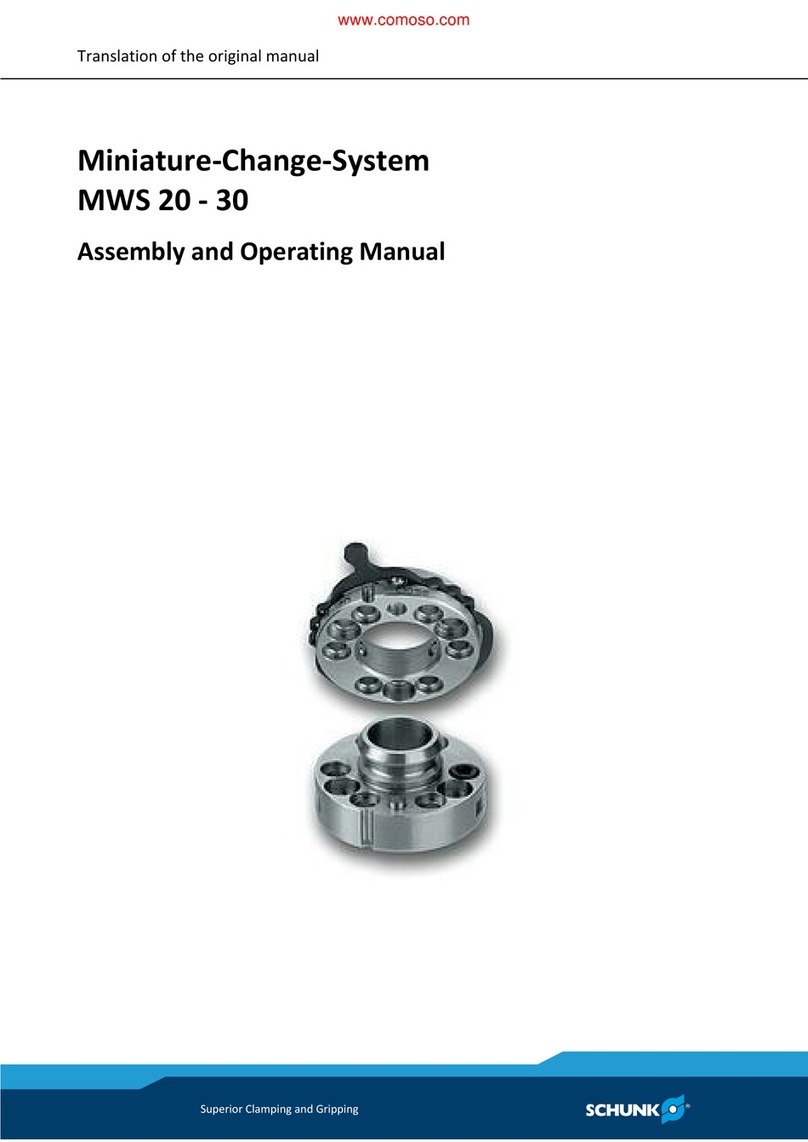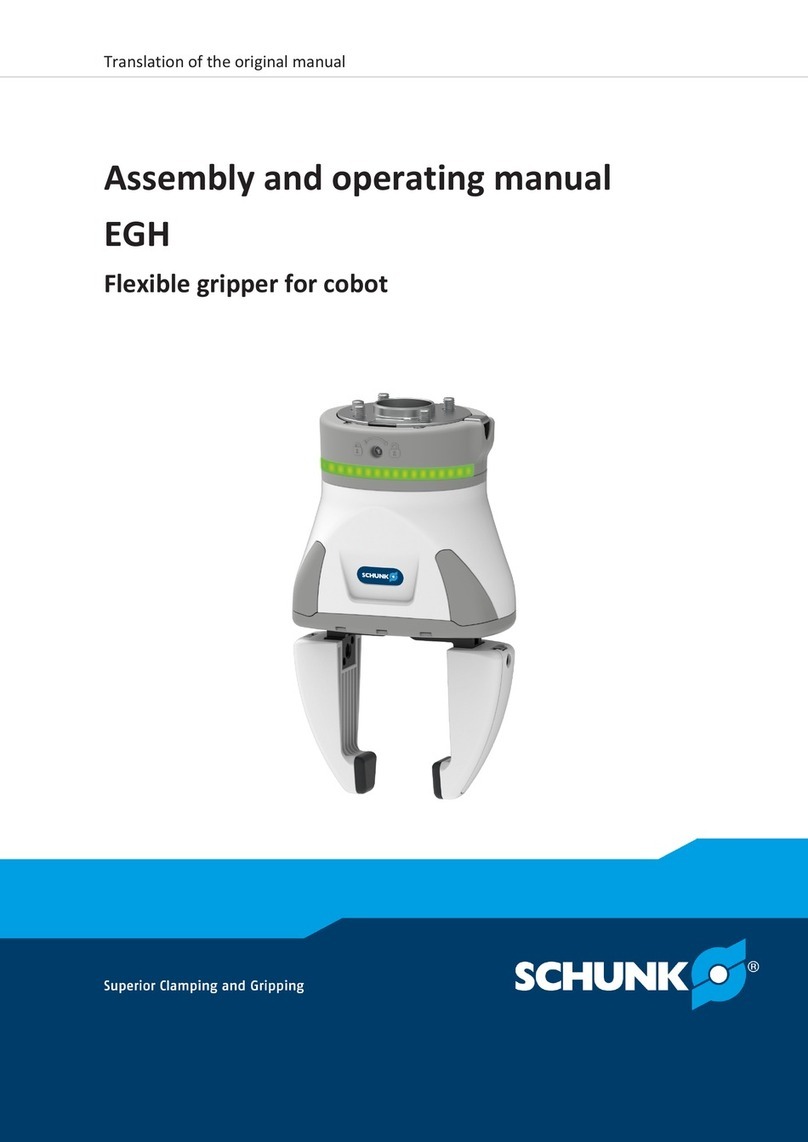
Table of Contents
02.00 | FDB-AC | Assembly and Operating Manual | en | 389513
3
Table of Contents
1 General.................................................................................................................... 5
1.1 About this manual ................................................................................................ 5
1.1.1 Presentation of Warning Labels ...............................................................5
1.1.2 Applicable documents ..............................................................................6
1.1.3 Variants.....................................................................................................6
1.2 Warranty .............................................................................................................. 6
1.3 Scope of delivery .................................................................................................. 6
2 Basic safety notes ................................................................................................... 7
2.1 Intended use......................................................................................................... 7
2.2 Constructional changes ........................................................................................ 7
2.3 Spare parts ........................................................................................................... 7
2.4 Ambient conditions and operating conditions .....................................................8
2.5 Personnel qualification......................................................................................... 8
2.6 Personal protective equipment............................................................................ 9
2.7 Notes on safe operation ....................................................................................... 9
2.8 Transport ............................................................................................................ 10
2.9 Malfunctions....................................................................................................... 10
2.10 Disposal .............................................................................................................. 10
2.11 Fundamental dangers......................................................................................... 10
2.11.1 Protection during handling and assembly ..............................................11
2.11.2 Protection during commissioning and operation ...................................11
2.12 Notes on particular risks..................................................................................... 12
3 Technical data.........................................................................................................13
3.1 Technical Specifications...................................................................................... 13
3.2 Environmental Limitations ................................................................................. 15
4 Handling, Installation, Storage and Transportation .................................................16
4.1 Inspection of Condition when Delivered ............................................................ 16
4.2 Unpacking and Handling..................................................................................... 16
4.3 Installation.......................................................................................................... 17
4.3.1 Pneumatics FDB-AC 90 ...........................................................................17
4.3.2 Pneumatics FDB-AC 180 .........................................................................18
4.3.3 Mounting, Adapter and Interface Plate..................................................21
4.4 Transportation and Protection during Transportation....................................... 22
4.5 Storage and Preventive Maintenance during Storage........................................ 22
5 Operating Instructions ...........................................................................................23
5.1 General Precautions ........................................................................................... 24
5.2 FDB-AC Working Environment ........................................................................... 25
5.3 Tool Center Point (TCP) Position ........................................................................ 26
5.3.1 TCP FDB-AC 90........................................................................................26

